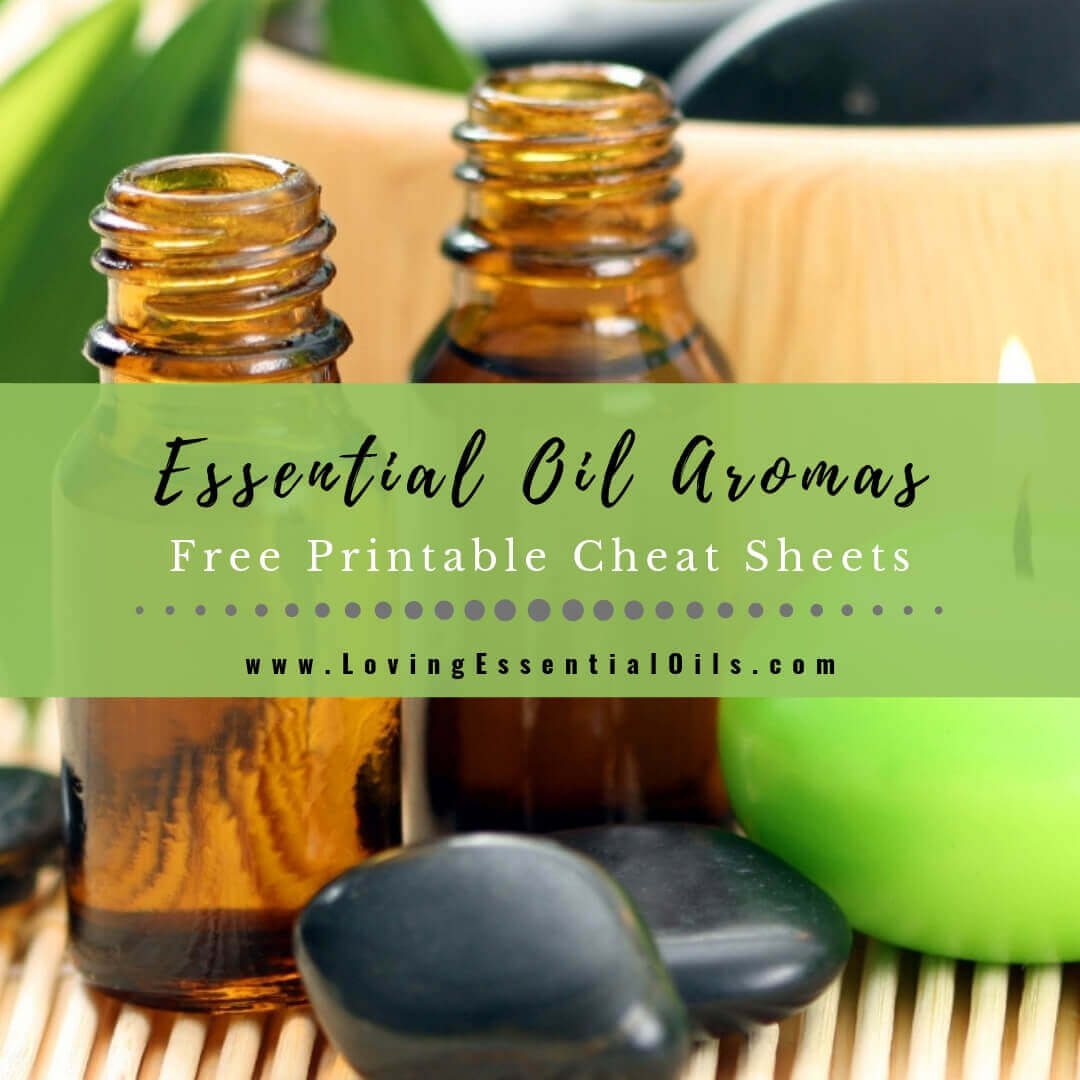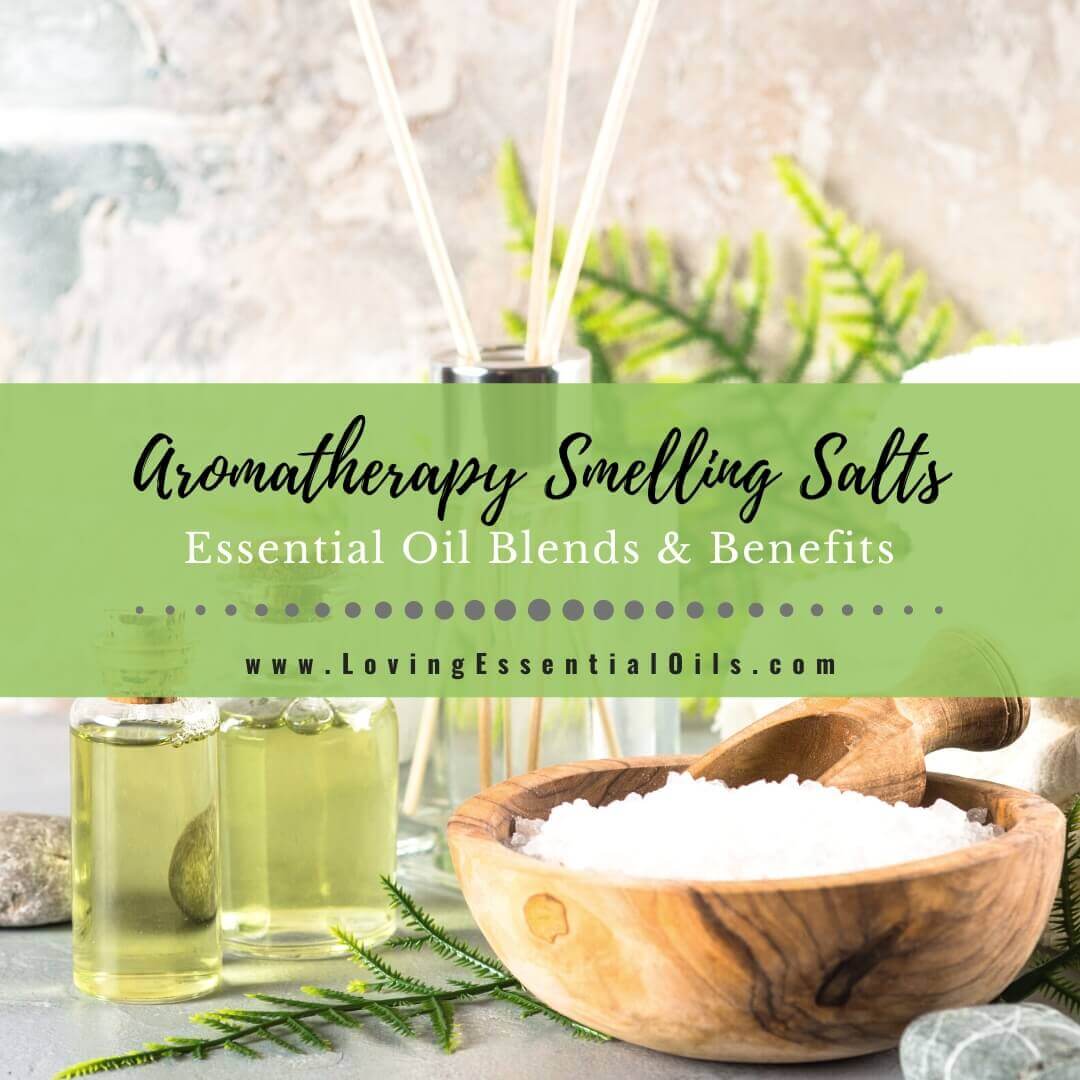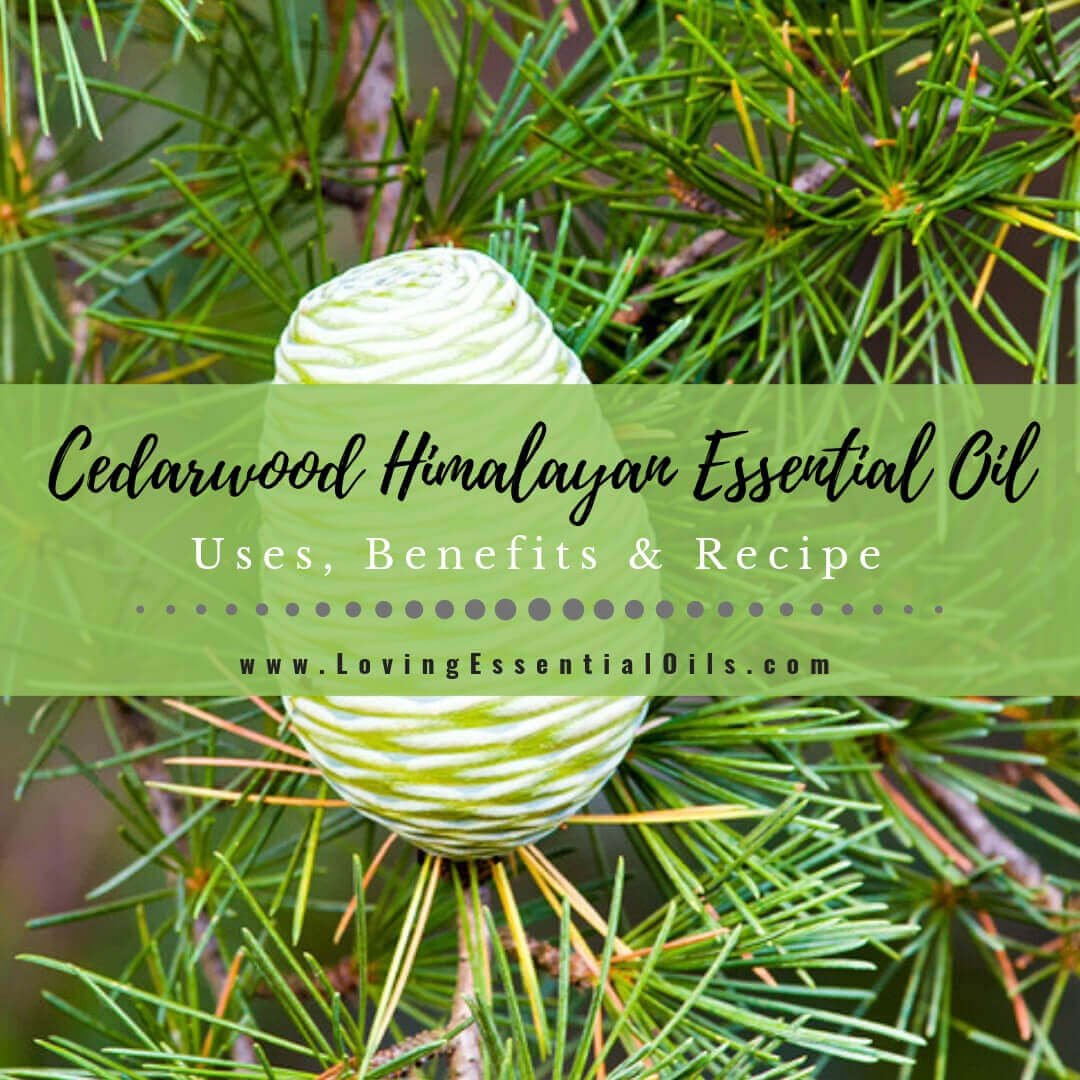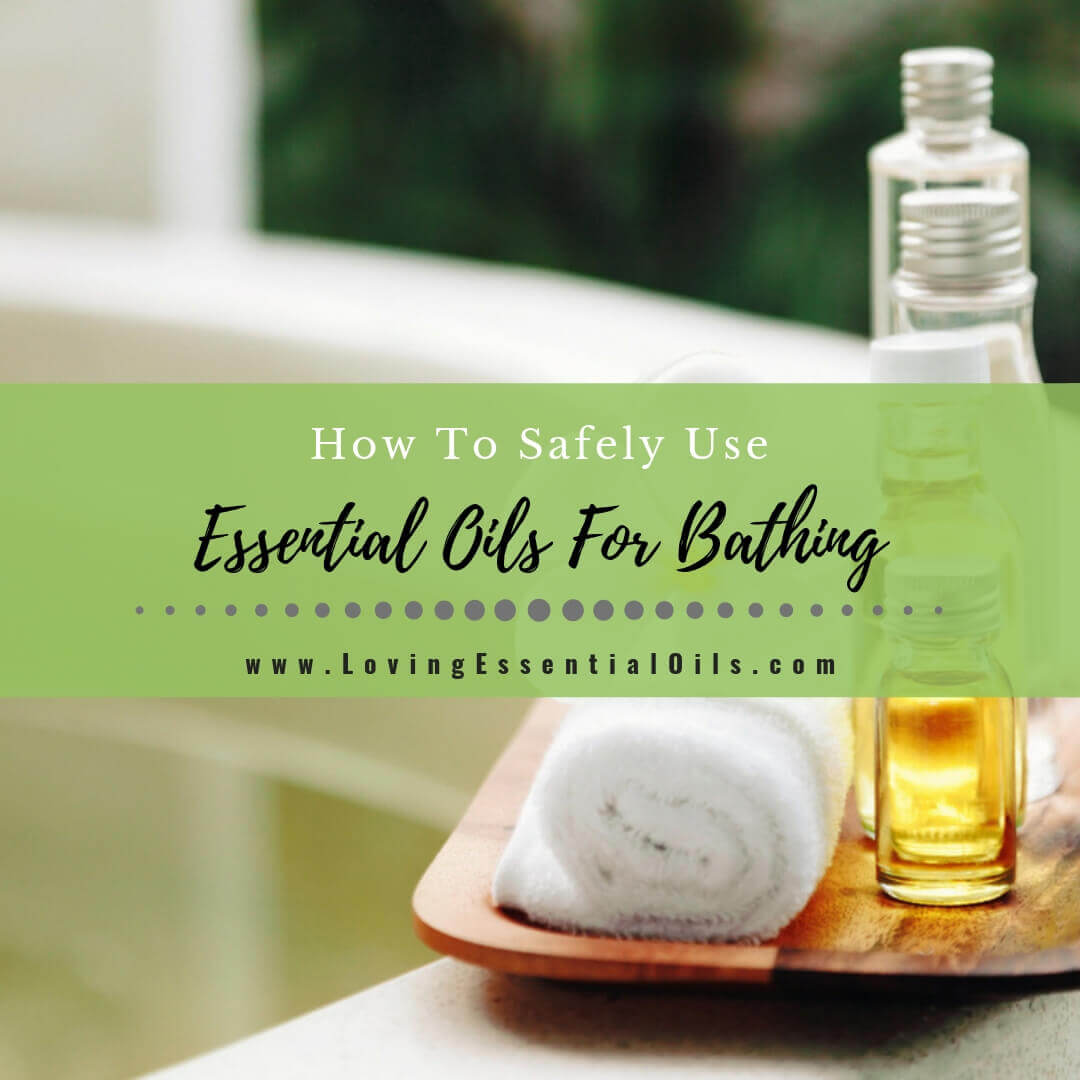Aroma is one of the most powerful factors in determining if an essential oil is right for you. Inhaling natural essential oil aromas can provide many benefits such as reducing anxiety while also boosting moods when feeling down or worn out after an exhaustive day at work.
Understanding how each scent affects your mood can help you find out what kind of oils and blends best suit you. Here you will discover essential oil aroma families and important points to keep in mind when choosing essential oils for aromatherapy.
Essential Oil Aromas and Scents
Essential oils are concentrated plant extracts that are known for their healing properties. In addition to their therapeutic benefits, essential oils also offer a wide range of aromas and scents that can be used to create a relaxing or invigorating atmosphere.
The most popular essential oils include lavender, chamomile, and eucalyptus, but there are dozens of other options to choose from. When selecting an essential oil, it is important to consider the desired effect. For example, lavender is often used to promote relaxation, while eucalyptus is often used to improve circulation and respiratory function.
Essential oils can be used in diffusers, aromatherapy inhalers, or direct inhalation. They can also be added to lotions and body oils for topical use. With so many ways to enjoy them, it’s no wonder that essential oils have become a popular way to enjoy the benefits of aromatherapy.
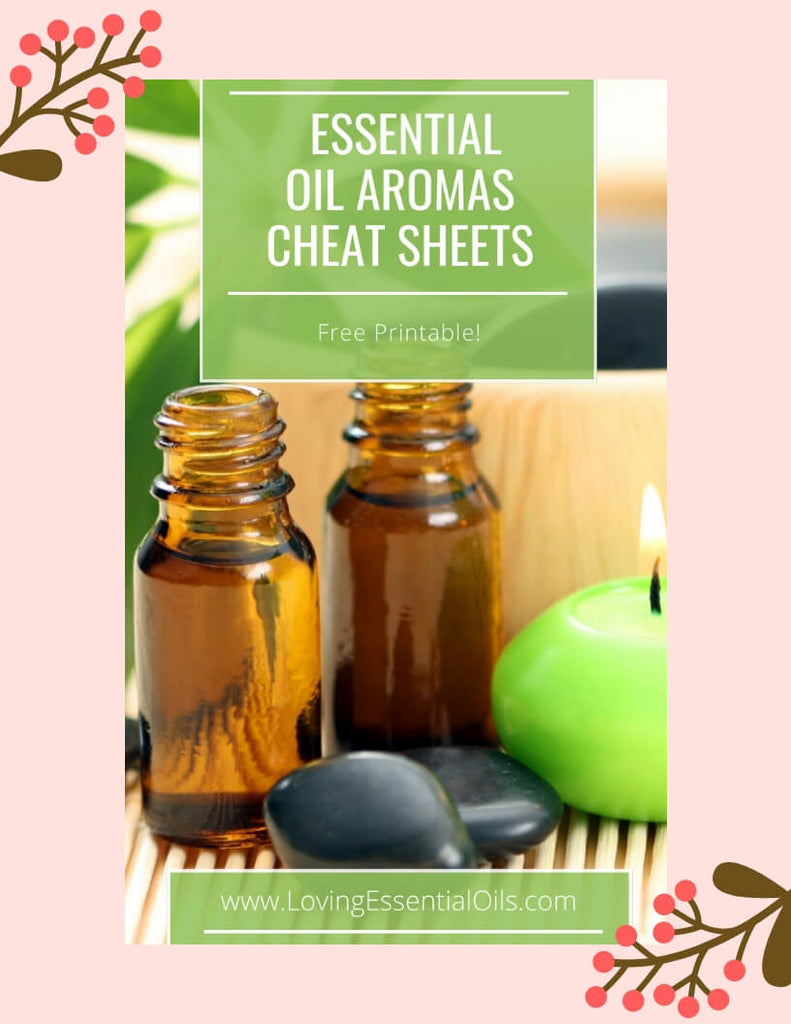
List of Essential Oil Aromas
Essential oils can enrich your life and health in many ways. To assist you on your journey, we have created a list of essential oils according to their aromas.
The essential oil aromas list is sorted into seven categories, which include:
- Citrus Essential Oils
- Floral Essential Oils
- Herbaceous Essential Oils
- Camphoraceous Essential Oils
- Spicy Essential Oils
- Woody Essential Oils
- Resinous Essential Oils
Keep in mind that many oils have more than one prevailing aroma. While some essential oils may fall into several categories, we picked one main category for each essential oil.
Check out our free printable cheat sheets of essential oil aromas at the bottom of the blog post.

Choosing Essential Oils By Aroma
Aromatherapy can be translated into therapy by aroma. When we smell an essential oil, it has a psychological effect on us. This makes choosing an essential oil based on its smell, a very powerful way to choose and use oils.
Knowing about essential oil aromas is especially helpful when making up DIY recipes or creating a personal blend that suits someone’s needs based on their aroma preference.
Like taste preference, the aroma preferences a person has can assist you in determining what essential oil is best, it may not make sense to choose ones with specific aromas if they will prove unpleasant for the user.

Citrus Aromas
Citrusy essential oils are fresh, fruity and slightly sour. Many have uplifting effects and welcoming scents. They can also be cleansing, refreshing, and detoxifying.
What are citrus essential oils good for? One of the most common uses for citrus essential oils is to use them for emotional support, with lemon and bergamot being among the top choices. They will help you feel happy and energized.
Citrus oils work great in homemade air fresheners, cleaning products, perfumes, as well as diffusing them into the air.
From cleansing your home to uplifting your emotions, citrus oils are a great addition to your essential oil collection. Here is the list of citrus aromas:
- Bergamot - Citrus bergamia
- Blood Orange - Citrus sinensis
- Citronella - Cymbopogon winterianus
- Clementine - Citrus clementina
- Davana - Artemisia pallens
- Grapefruit - Citrus paradisi
- Lemon - Citrus limon
- Lemongrass - Cymbopogon flexuosus
- Lemon Myrtle - Backhousia citriodora
- Lemon Tea Tree - Leptospermum petersonii
- Lime - Citrus aurantifolia
- Mandarin - Citrus reticulata
- May Chang - Litsea cubeba
- Petitgrain - Citrus aurantium
- Sweet Orange - Citrus sinensis
- Tangerine - Citrus reticulata
- Yuzu - Citrus junos
Floral Aromas
Floral essential oils remind us of the flowers the oils came from. They tend to be sweet, bright and full of energy. Floral scented oils can help the user relax or feel more confident.
What are floral essential oils best for? One of the most common uses for flower essential oils is to use them in perfumes, with rose and jasmine being among the top choices. They can also be used to make DIY beauty products like lotion, massage oil and soap.
From creating a relaxing environment to scenting your body, there really is no limit to what you can use them for. Here is the list of floral aromas:
- Blue Tansy - Tanacetum annuum
- Geranium - Pelargonium graveolens
- Geranium Bourban - Pelargonium asperum
- Jasmine - Jasminum grandiflorum
- Lavandin - Lavandula intermedia
- Lavender - Lavandula angustifolia
- Magnolia - Michelia Alba/Magnolia alba
- Neroli - Citrus aurantium
- Roman Chamomile - Anthemis nobilis
- Rose - Rosa damascena/Rosa centifolia
- Rose Geranium - Pelargonium roseum
- Spike Lavender - Lavandula latifolia
- Ylang Ylang - Cananga odorata
Herbaceous Aromas
Herbaceous essential oils have green, earthy scents reminiscent of the plant parts they are extracted from.
Not all herbaceous smelling oils come from herbs. According to the Farmer’s Almanac an herb comes from the leafy green part of the plant, while a spice comes from the root, stem, seed, fruit, flower, or bark of the tree or plant.
What are herbaceous essential oils good for? Many of the herbaceous essential oils have been used throughout history, thanks to their refreshing smells and ability to cleanse and clear out bad odors.
Here is the list of herbaceous aromas:
- Angelica Root - Angelica archangelica
- Basil - Ocimum basilicum
- Caraway Seed - Carum carvi
- Carrot Seed - Daucus carota
- Catnip - Nepeta cataria
- Cilantro - Coriandrum sativum
- Clary Sage - Salvia sclarea
- Coriander - Coriandrum sativum
- Dill - Anethum graveolens
- German Chamomile - Matricaria chamomilla
- Goldenrod - Solidago canadensis
- Helichrysum - Helichrysum italicum
- Hemp - Cannabis sativa
- Manuka - Leptospermum scoparium
- Marjoram - Origanum majorana
- Melissa - Melissa officinalis
- Mountain Savory - Satureja montana
- Myrtle - Myrtus communis
- Oregano - Oreganum vulgare
- Palmarosa - Cymbopogon martinii
- Rosemary - Rosmarinus officinalis
- Sage - Salvia officinalis
- Thyme - Thymus vulgaris
- Verbena - Lippia javanica
- Yarrow - Achillea millefolium
Camphoraceous Aromas (Minty Aromas included)
Camphoraceous essential oils are clean, clear and purifying. They have a medicinal scent. Many are well known for respiratory support and their cleansing properties. Mint essential oils are here too.
Mint essential oils are great for clearing the sinuses, helping with digestion, and even relieving pain.
Here is the list of camphoraceous and minty aromas:
- Bergamot Mint - Mentha Citrata
- Birch - Betula lenta
- Cajeput - Melaleuca cajuput
- Camphor - Cinnamomum camphora
- Eucalyptus (all types)
- Kunzea - Kunzea ambigua
- Laurel Leaf - Laurus nobilis
- Niaouli - Melaleuca quinquenervia
- Peppermint - Mentha piperita
- Ravensara - Ravensara aromatica
- Ravintsara - Cinnamomum camphora
- Rosalina - Melaleuca ericifolia
- Spearmint - Mentha spicata
- Tarragon - Artemisia dracunculus
- Tea Tree - Melaleuca alternifolia
- Wintergreen - Gaultheria procumbens
Spicy Aromas
Spicy essential oils are warm, exotic and very aromatic. A little goes a long way with these oils.
What are spicy essential oils good for? Spicy essential oils can really liven up a room with their invigorating aromas. They are especially beloved during the fall and winter months and frequently found in favorite seasonal diffuser blends and essential oil recipes.
Coffee essential oil and vanilla are also included here because this category seemed to be the best fit. Here is the list of spicy aromas:
- Allspice - Pimenta dioica
- Anise - Pimpinella anisum
- Black Pepper - Piper nigrum
- Cardamom - Elettaria cardamomum
- Cassia - Cinnamomum cassia
- Celery Seed - Apium graveolens
- Cinnamon (Bark or Leaf) - Cinnamomum zeylanicum
- Cistus - Cistus ladanifer
- Clove - Eugenia caryophyllata
- Coffee - Coffea arabica
- Cumin - Cuminum cyminum
- Fennel - Foeniculum vulgare
- Galangal Root - Alpinia galanga
- Ginger - Zingiber officinale
- Gingergrass - Cymbopogon martinii var. sofia
- Nutmeg - Myristica fragrans
- Pink Pepper - Schinus molle
- Plai - Zingiber cassumunar
- Star Anise - Illicium verum
- Tumeric - Curcuma longa
- Vanilla - Vanilla planifolia
Woody Aromas
Woody essential oils have the scent of freshly cut trees, wet earth, and outdoor aromas. They can help you feel more grounded and anchored. They have an earthy aroma, which helps ground your energy in the present moment.
What are woody essential oils good for? These types of oils are great for when you're feeling anxious, and need to focus on the present moment instead of worrying about what might happen in the future.
The woodsy smell of these oils is very comforting and helps the user relax while reducing agitation, stress-related headaches, and insomnia. Here is the list of woody aromas:
- Amyris - Amyris balsamifera
- Arborvitae - Thuja plicata
- Balsam Peru - Myroxylon pereirae
- Black Spruce - Picea mariana
- Blue Cypress - Callitris intratropica
- Buddha Wood - Eremophila mitchellii
- Cedarwood (all types)
- Cypress - Cupressus sempervirens
- Douglas Fir - Pseudotsuga menziesii
- Fir Balsam - Abies balsamea
- Fir Needle - Abies sibirica
- Hemlock - Tsuga canadensis
- Ho Wood - Cinnamomum camphora
- Jack Pine - Pinus banksiana
- Juniper Berry - Juniperus communis
- Palo Santo - Bursera Graveolens
- Patchouli - Pogostemon cablin
- Pine - Pinus sylvestris
- Rosewood - Aniba rosaeodora
- Sandalwood - Santalum album
- Saro - Cinnamosma fragrans
- Silver Fir - Abies alba
- Spikenard - Nardostachys jatamansi
- Valerian - Valeriana wallichii
- Vetiver - Vetiveria zizanoides
Resinous Aromas
Resinous essential oils have rich and deep aromas. Many have spiritual and healing qualities. They come from resin which is made by trees and shrubs.
What are resinous essential oils good for? Resinous oils are often found in blends for meditation and relaxation. They can make you feel relaxed and calm.
Here is the list of resinous aromas:
- Benzoin - Styrax benzoin
- Copaiba - Copaifera officinalis
- Elemi - Canarium luzonicum
- Frankincense - Boswellia carterii
- Galbanum - Ferula galbaniflua
- Myrrh - Commiphora myrrha
- Opopanax - Commiphora erythraea
Free Printable Cheat Sheet for Essential Oil Aromas and Scents
Enhance your aromatherapy experience with our Free Printable Cheat Sheet for Aromas and Scents. This handy reference guide lists makes it easier for you to choose the right essential oils for your needs.
Whether you're aiming to create a calming environment or invigorate your senses, this cheat sheet will help you. Download now and take the guesswork out of selecting essential oils.
Share On Pinterest
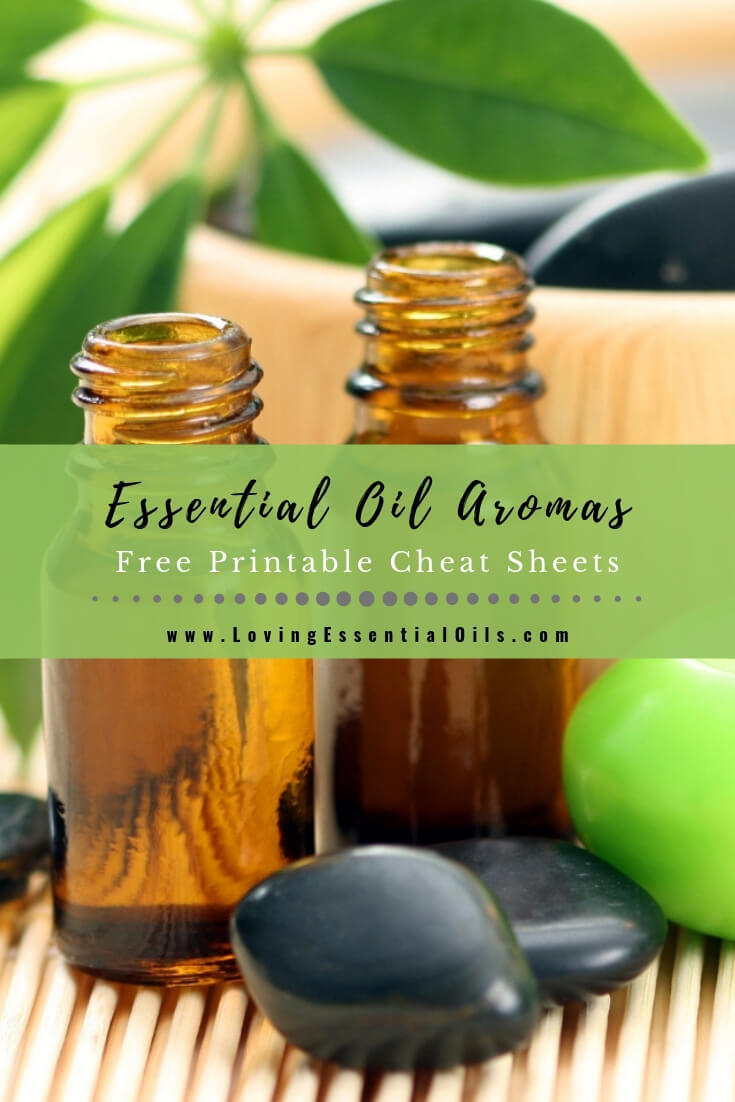
Visit More Popular Posts:
- Find great DIY Essential Oil Recipes on our blog
- Find out our Favorite DIY Recipe Ingredients
- Top 150 List of Essential Oils With Free Cheat Sheet
- Read all about Carrier Oils for Essential Oils

